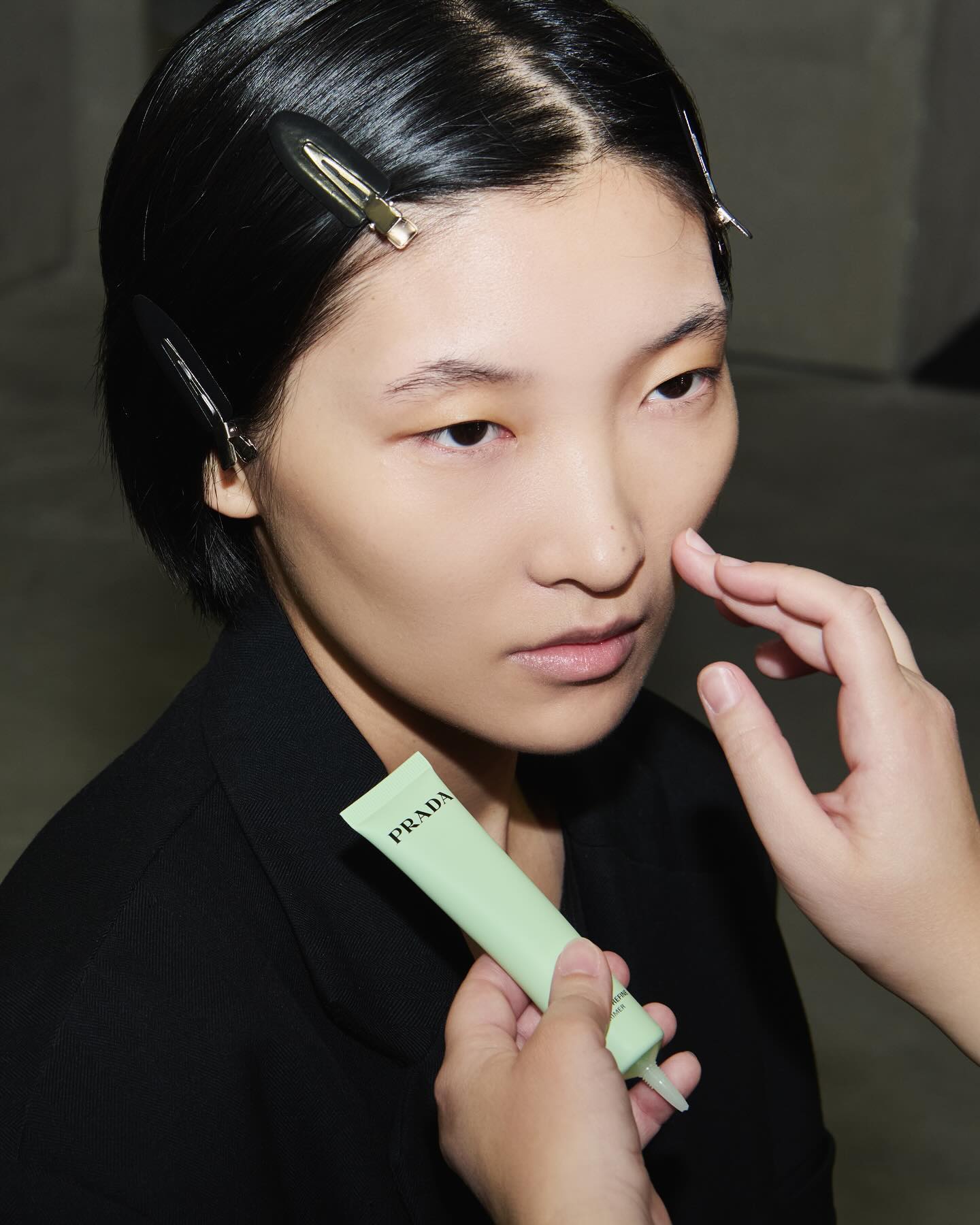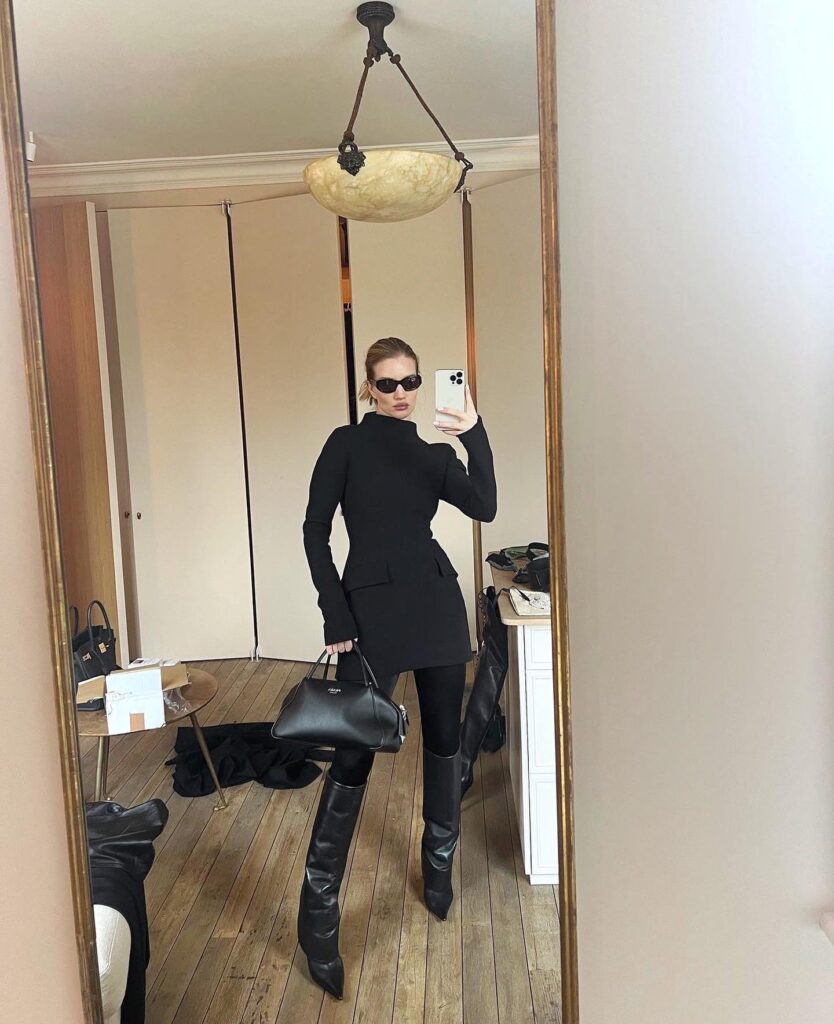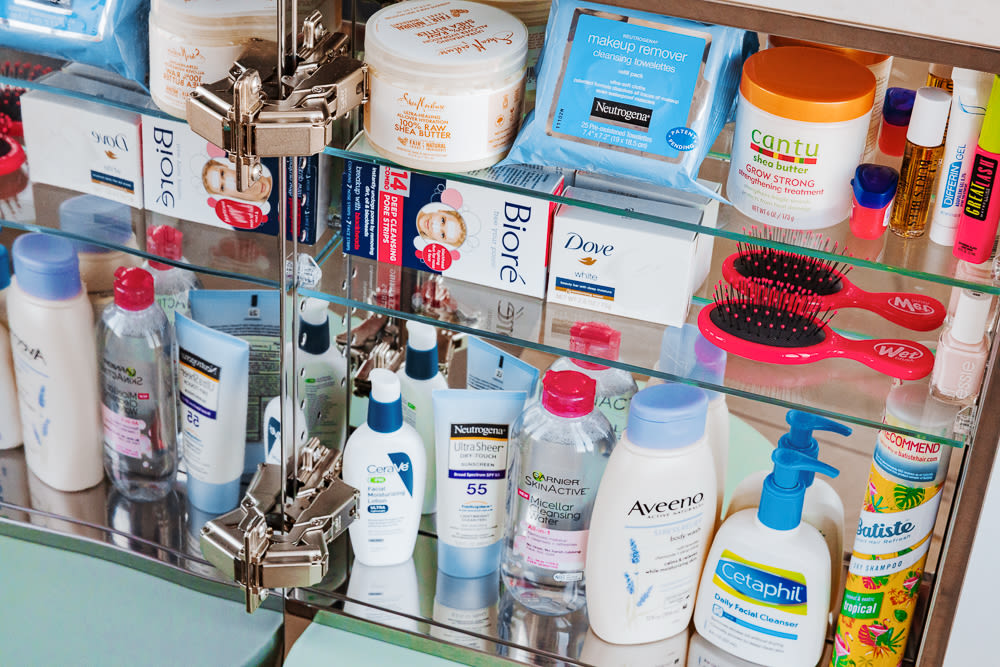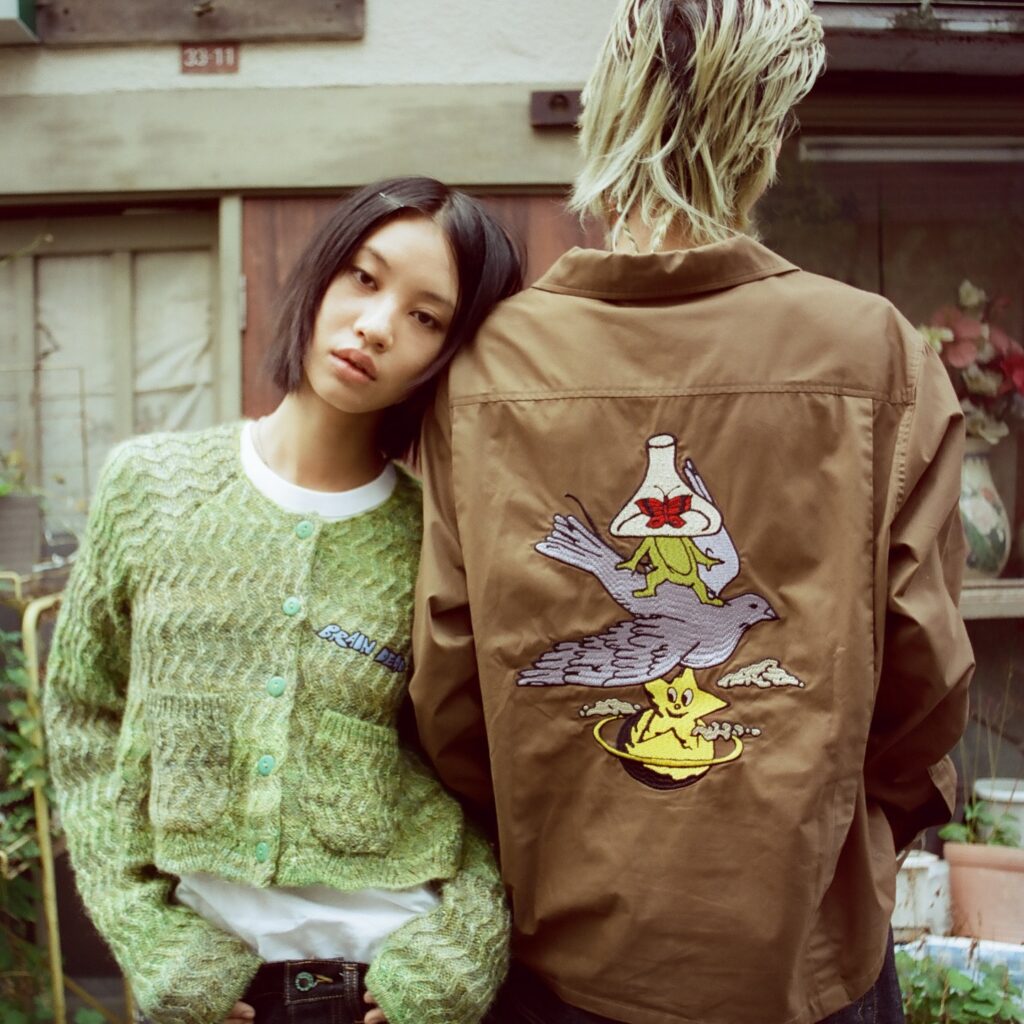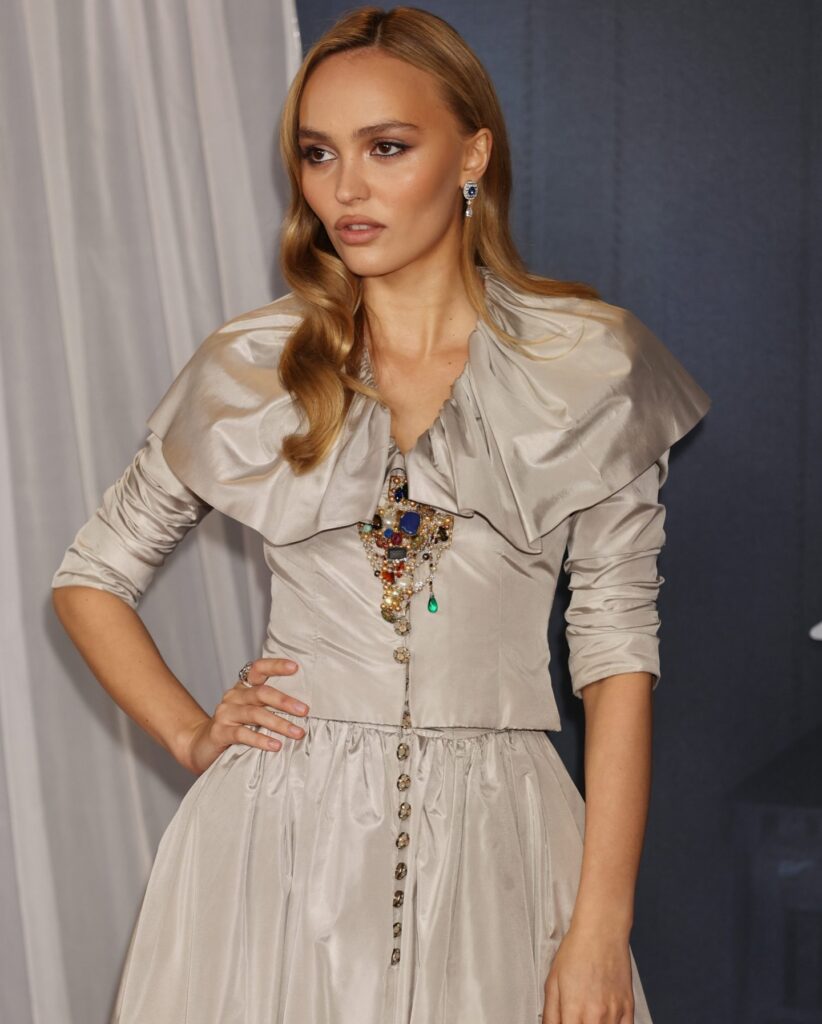The list of fashion brands that have entered the beauty industry expands exponentially every year. Any beauty aficionado worthy of the title knows of these staple luxury beauty products; YSL‘s Touche Éclat, Chanel‘s Les Beiges and Dior‘s Lip Glow, to name a few. During the makeup boom of the 2010s, these were the sorts of tools that makeup artists and top-tier influencers fought to get their hands on. For the hobbyist, they were aspirational at best and sat at the higher end of the price scale.
It’s already challenging to keep track of all the beauty brands out there — especially with the influx of celebrity lines and established luxury names — so what’s driving luxury fashion brands to venture into the beauty space?
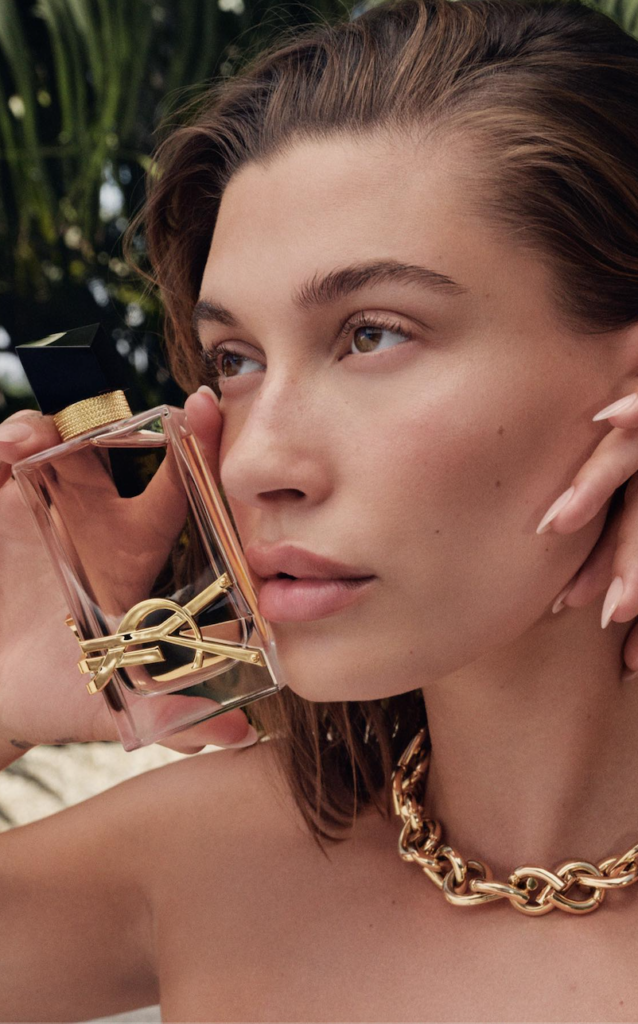
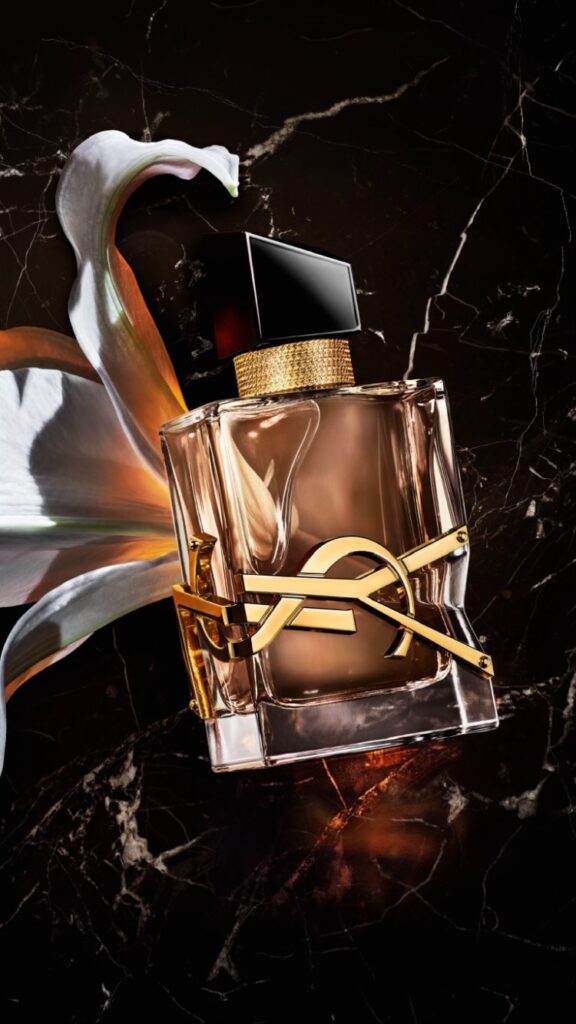
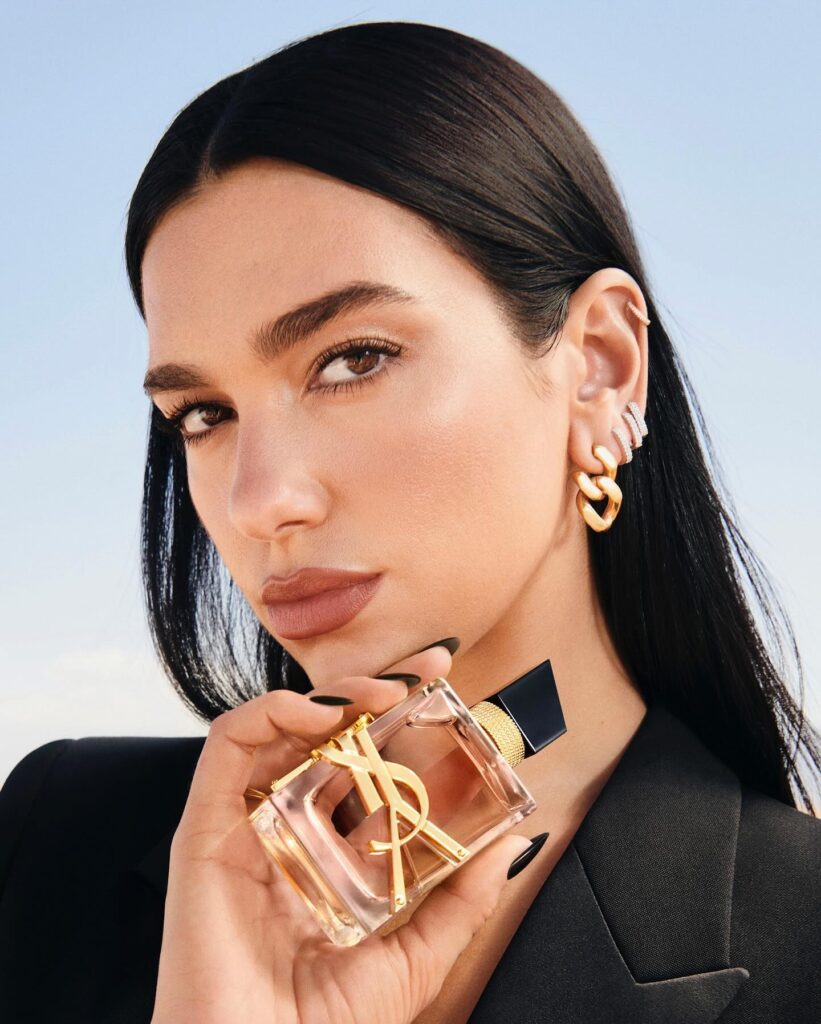
Beauty is Still Booming
In the last 20 years, the cosmetics industry has seen nothing but continued growth hovering between 3% and 8%, with the exception of 2020 due to the coronavirus pandemic. It’s perhaps no accident that the theatrical runways of the late 90s and early 2000s sparked an interest in taking home cosmetics as serious as Pat McGrath and Kevyn Aucoin behind the scenes. In fact, they went on to found their own eponymous labels that do business today.
The 2010s marked the rise of the influencer craze, with beauty gurus like Michelle Phan, Jaclyn Hill, Tati Westbrook and Nikkietutorials sharing ‘Get Ready With Me’ videos and product reviews. Many eventually launched their own brands or collaborated with makeup companies like Morphe and Too Faced.
Outside of Western markets, China has emerged as one of the biggest luxury consumers, with a cosmetics market projected to have a compound annual growth rate of 13.76% by 2026.
With a captive market of teens and adults hungry for inventive, niche and editorial-caliber makeup products in the United States and abroad, luxury fashion brands are turning to the growth possibilities of fragrance and beauty.
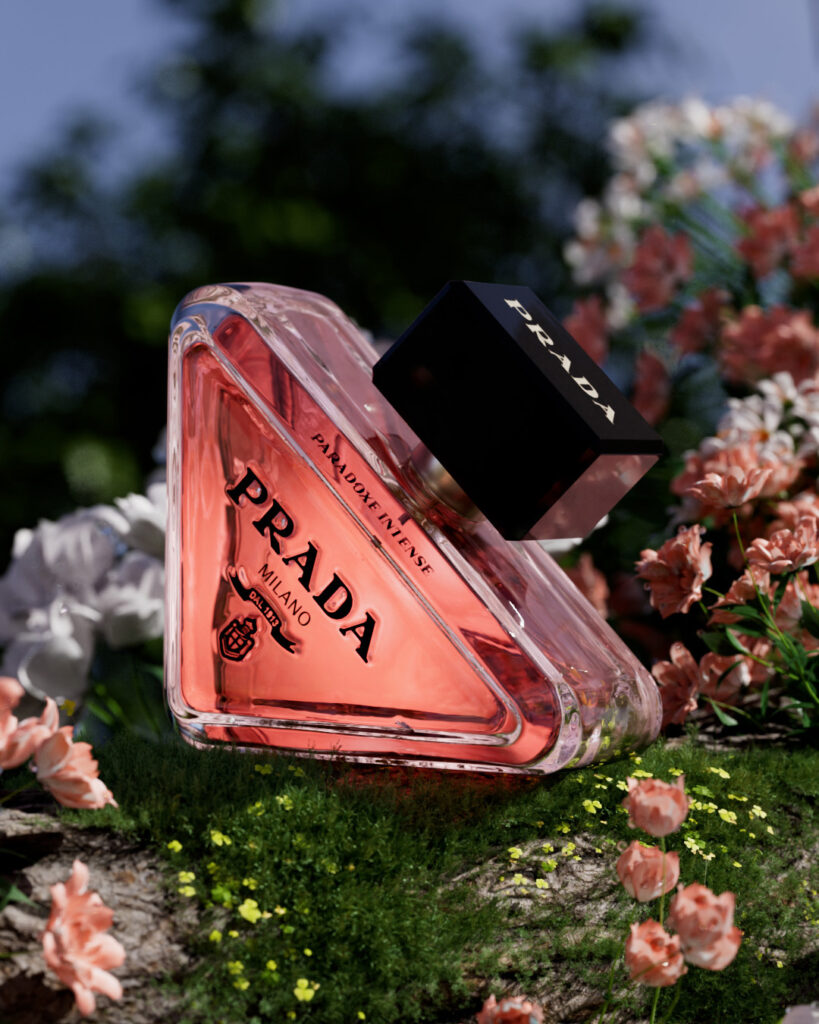
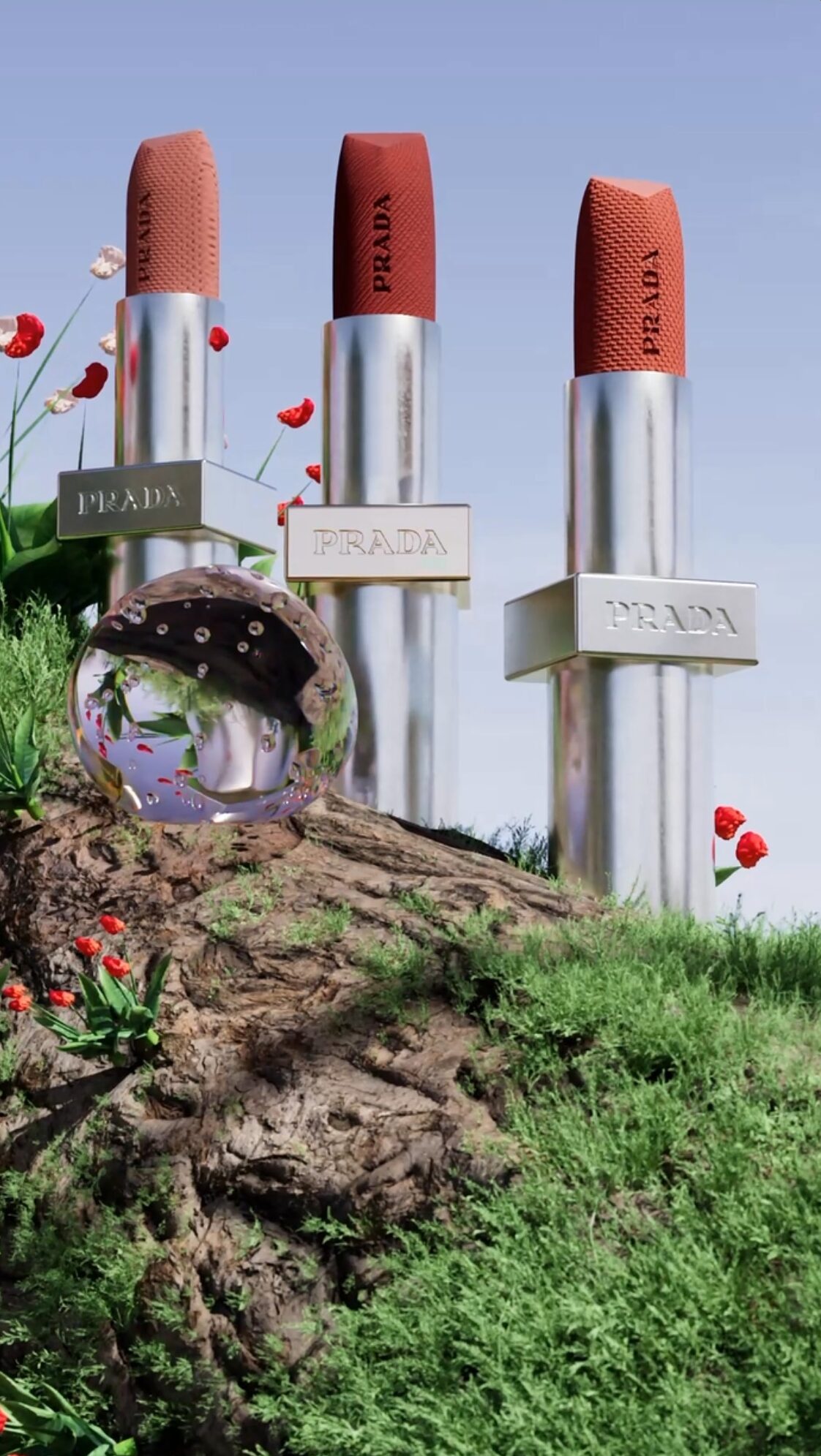
Winners and Losers
While growth in the beauty industry is rampant, luxury brands like Prada and Balmain aren’t the first to try to get their hands on a share of the revenue. For instance, Chanel joined in the fragrance game in 1921 and the beauty game in 1924. A long-standing symbol of luxury and wealth, the brand has embraced for a century the concept of outfitting an entire person — from their scent and skincare to their clothing and toe-capped shoes.
Dior understands this just as well and reinvigorated enthusiasm for their brand’s cosmetic offerings with their 2018 Backstage collection. Bella Hadid was the face of the 60-piece collection that included an impressive 40 shades for foundation, several face palettes, punchy and neutral eyeshadows, as well as the cult favorite lip plumper among its products.
Giorgio Armani, Gucci, Tom Ford, Givenchy and Valentino have also had respectable sales and produced products worthy of internet fame in the last decade.
Newer fashion brands like Fenty have taken bigger risks with less brand prestige, though Fenty Beauty had the benefit of being backed by Puma and later LVMH and Kendo Holdings. Its launch saw the introduction of a 40 shade range for foundation, which helped catapult it into success. It certainly didn’t hurt to have Rihanna as the face for the brand. Sporty & Rich also introduced a beauty brand in 2023, with “clean-girl” offerings like face mist, cleanser and lip balm. It’s slated to enter the sexual wellness space later in this year or early next.
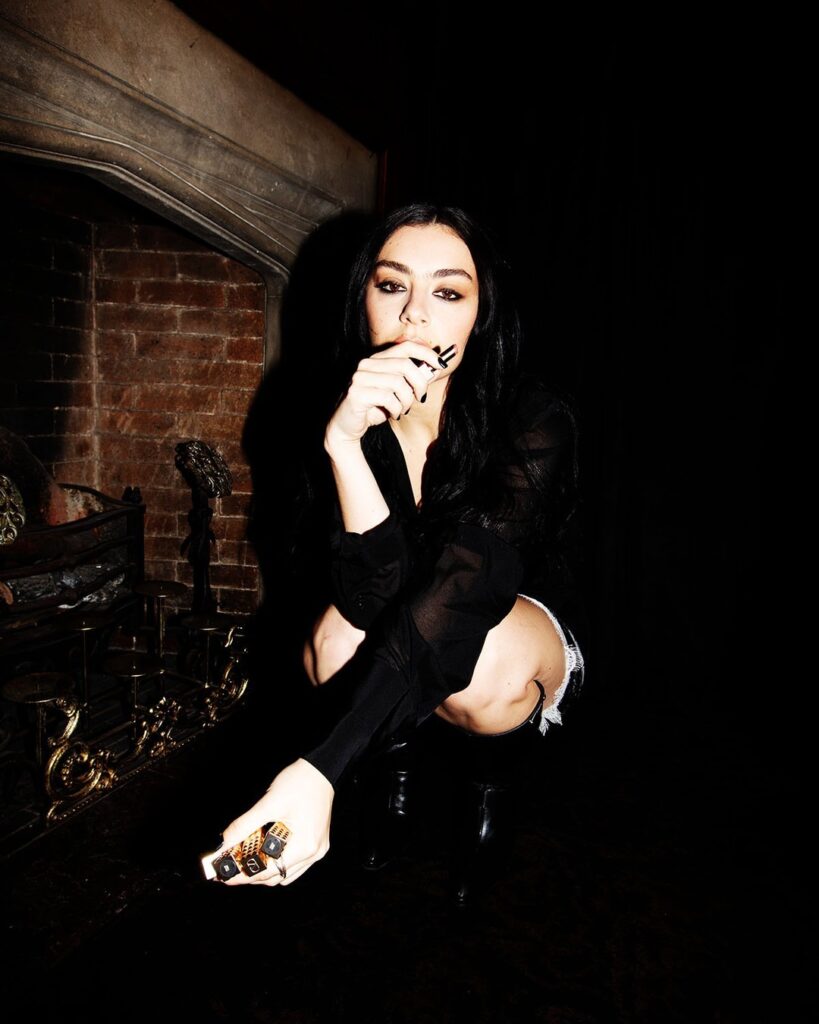
New Brands on the Block
What’s next for fashion-backed beauty? In 2023, Ann Demeulemeester launched a dark and spicy fragrance, while Prada Beauty launched with face products and off-beat colors palettes in line with the house. In the same year, Paco Rabanne rebranded à la Saint Laurent and dropped its founder’s first name in favor of the surname. This past August, it launched Rabanne Beauty, taking a cue from its iconic chain mail and creating bold metallic colors.
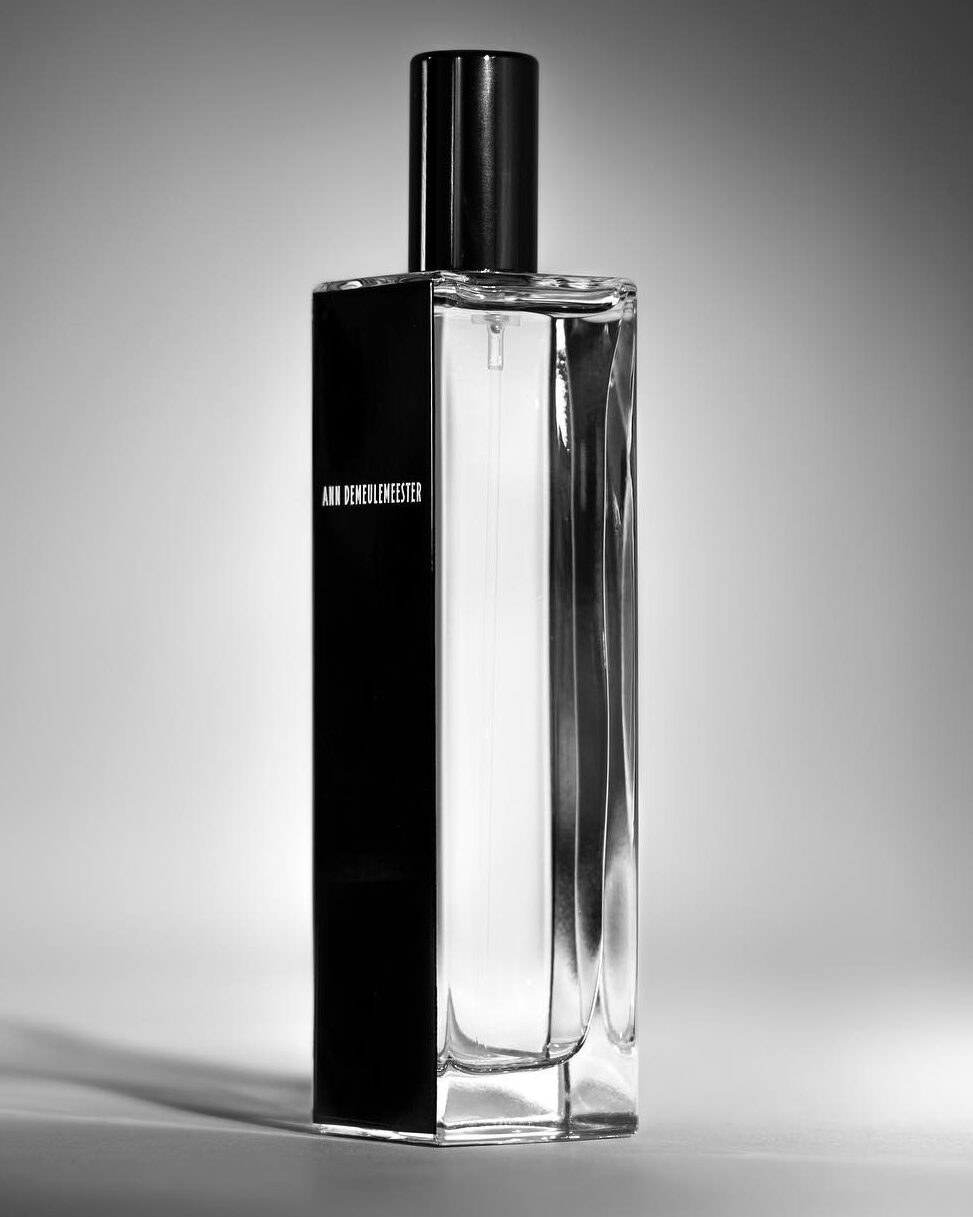
A week ago, Celine launched its first lipstick — a bright red — with mascara and more lipstick shades on the horizon. In 2025, we’ll also see the dawn of Miu Miu Beauty with a fragrance. Chopova Lowena also announced the launch of a fragrance this past fashion week, promising a hand-drawn bottle design and the scent of Bulgarian flowers.
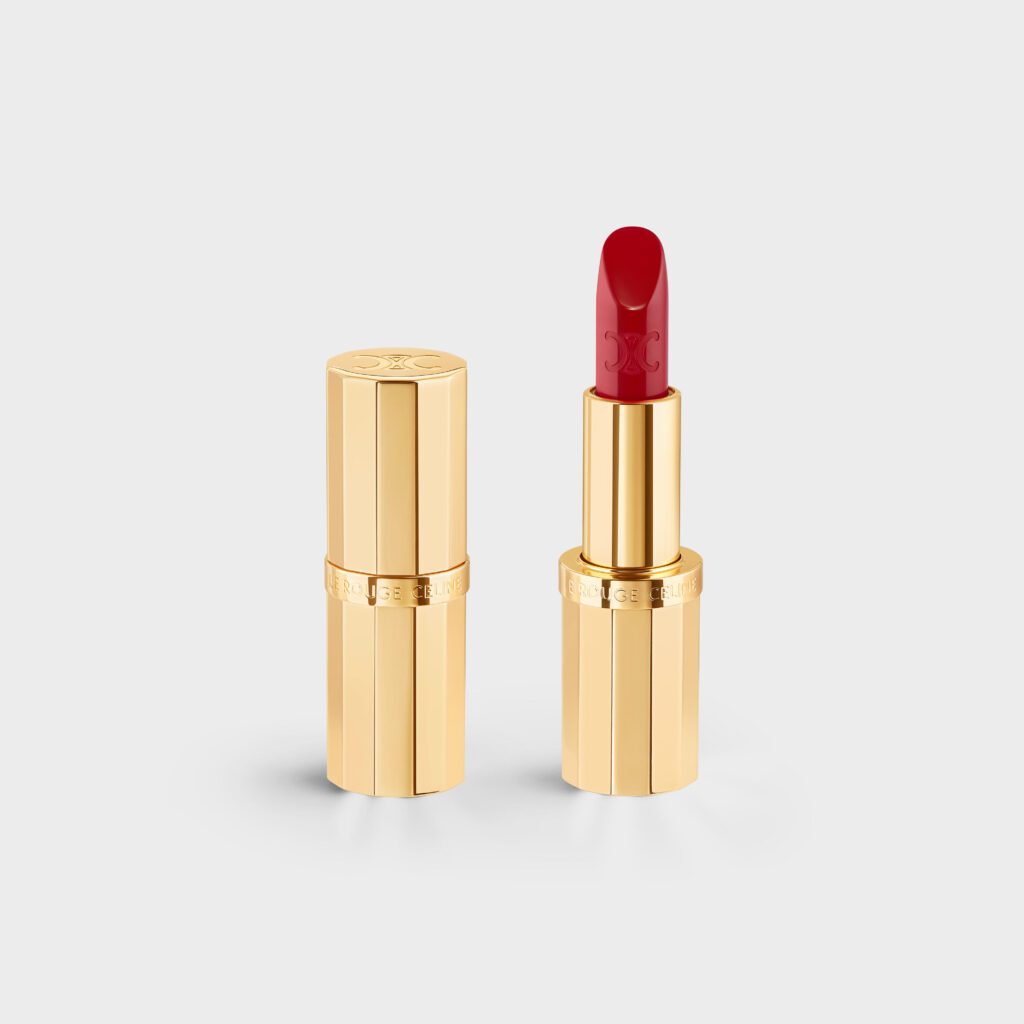
Standing Out in 2024 and Beyond
The challenge for these brands will be the same that celebrities like Lady Gaga, Ariana Grande and JLo have faced trying to make it big in the market: it’s oversaturated. If the brand lacks a certain identity and heart, consumers can tell.
Consumers have all kinds of products being pushed from Temu to L’Oréal to Hourglass on Tiktok, Instagram, YouTube and beyond. In addition, influencer marketing, while still key, suffers from a lack of trust, especially with the continued scandals of top names like Mikayla Nogueira. Sending a PR package to someone with a large subscriber count no longer cuts it. With the skyrocketing costs of living, high-quality dupes on the market, and the decreasing spending power of middle class buyers, it’s not an easy time to launch. What’s more, there’s no room in the market for brands that can’t get the balance of tone and ingenuity right. They’ll have to know their audience well — and play to it.

